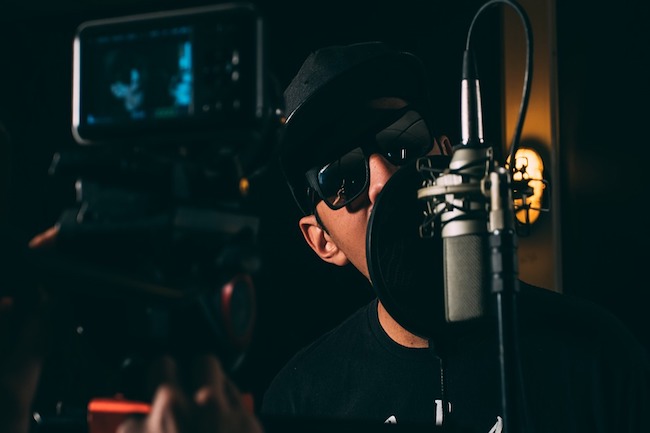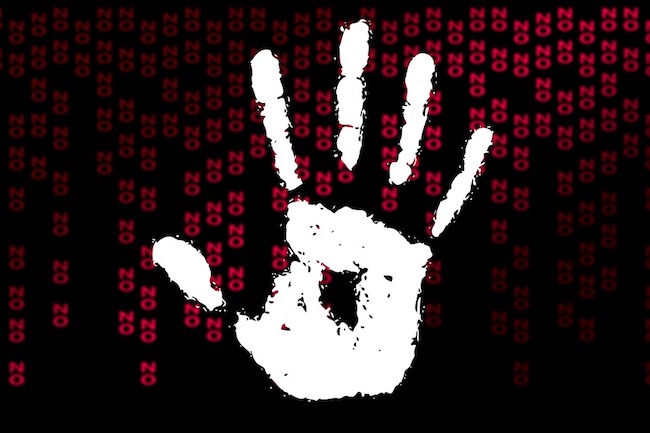The Oxford Group Connection from Silkworth.net
This article is an effort to put together in sequence the various events that took place in the years from 1908 to 1935 which made possible the meeting in Akron, Ohio between the AA founders, Dr. Bob S. and Bill W., and which resulted in the subsequent birth of Alcoholics Anonymous. It is an assemblage of facts gleaned from the following publications:
-
-
-
-
Dr. Bob and the Good Old Timers
-
Not God (by Ernest Kurtz)
-
For Sinners Only (by A.J. Russell)
-
On the Tail of a Comet (by Garth Lean)
-
Akron Genesis of Alcoholics Anonymous (by Dick B.)
-
The Oxford Group & Alcoholics Anonymous (by Dick B.)
Do you know any of these names? Frank Buchman–Sam Shoemaker–Rowland H.–Jim N.–Eleanor F.–Ebby T.–Shepard C.–Henrietta Seiberling–Rev. Walter Tunks–Norman S.–Russell Firestone–T. Henry & Clarace Williams?? All of these people were instrumental in a scenario that contributed to making possible that historic meeting at the Gate House of the Seiberling Estate in Akron that became the birthplace of Alcoholics Anonymous. If it were not for these people, that meeting could never have taken place, and the fellowship to which we all owe our lives today might never have been born.
Where did the steps originate? In AA Comes of Age, (p.39), Bill wrote:
“Early AA got it’s ideas of self-examination, acknowledgement of character defects, restitution for harm done, and working with others straight from the Oxford Groups and directly from Sam Shoemaker, their former leader in America, and nowhere else.” (1)
We prepare to start this history with the story of Frank Buchman, the founder of the Oxford Group. You will see as we trace the paths of Dr. Bob and Bill W. in the years before they met, that the Oxford Group and the aforementioned cast of characters played a part in every twist and turn of the path that led Bill W. to Akron.
FRANK BUCHMAN AND THE OXFORD GROUP
Who were the Oxford Group (2)? In 1908, a YMCA secretary named Frank Buchman had a spiritual transformation that changed his life (3). Upon graduating in June of that year, he started a streetside church in Philadelphia (Church of the Good Shepherd) with a donation of seventeen dollars. The church flourished, and he started a hospice for young men which spread to other cities, and then he started a settlement house project. Frank had a violent argument with his trustee committee because they cut the budget and the food allotment. He resigned and went to Europe, ending up at a large religious convention in Keswick, England. The spiritual transformation occurred when he heard a woman speaker talk simply about the cross of Christ. He felt the chasm separating him from Christ, and a feeling of a will to surrender. He went back to his house and wrote these words to each of his six trustees in Philadelphia: “My dear friend. I have nursed ill feelings against you. I am sorry. Will you forgive me? Sincerely, Frank.” Feeling an urge to share this experience, he went to nearby Oxford University and formed an evangelical group there among the student leaders and athletes.
Later the movement spread, and groups formed over the next twenty years in England, Scotland, Holland, India, South Africa, China, Egypt, Switzerland, and North and South America. Many of the basic things they did have carried over directly into our program. They practiced absolute surrender, guidance by the Holy Spirit, sharing bringing about true fellowship, life changing, faith and prayer. They aimed for absolute standards of Love, Purity, Honesty, and Unselfishness, which were an integral part of the first AA programs in Akron and Cleveland and New York. Above all the group was a fellowship: “A First Century Christian Fellowship.” They carried the message aggressively to others. They met in churches, universities, and homes.
The Oxford Group and their principles were carried to the United States so that in both New York City and Akron, Ohio an Oxford Group was in place and functioning when Bill W. and Dr. Bob S. hit their respective bottoms. These two groups would befriend and teach their principles to our co-founders before they ever met, and then go on to host the fledgling groups of newly dry and nameless drunks as they came together.
Here is how the Oxford Group came to the United States. One early member at Oxford, Ken Twitchell, had attended Princeton University and had a brother in New York City who was a mainstay in the Calvary Episcopal Church. This becomes one of several amazing coincidences. In 1918 during his travels, Frank Buchman met a young YMCA worker, Sam Shoemaker, in China and converted him to the Oxford Group principles. Years later, Sam became the minister of that Calvary Church in New York, and that same church became the titular headquarters for the Oxford Group in the United States. (The name was changed in 1928 from “A First Century Christian Fellowship” to the “Oxford Group.”)
The groups’ popularity peaked during this period. There were 10,000 people at one meeting at Stockbridge in the Berkshire Mountains. Business teams began to have their “house parties” in various cities (4).
In 1931 in England, a London newspaper editor, A. J. Russell, attended an Oxford Group meeting with the intention of exposing the group. But he wrote, “I came as an observer and became a convert!” (Russell later edited “God Calling”, which may have found it’s way into material used by the early AAs.) Some 9 years later, in 1940, Richmond W. of the Quincy, Mass. group wrote the 24-hour book still used by us today. This was modeled after Russell’s “God Calling” but was slanted away from all spiritual to more of a 24-hour not drinking theme. Russell’s book, “For Sinners Only”, described his journey from prodigal son to the Oxford Group and became a best seller in the early 1930s in England and the United States, and was printed in eight languages.
One chapter of the book was devoted to Calvary Episcopal Church in New York City and it’s rector, Sam Shoemaker. Calvary Church became the virtual American headquarters for the Oxford Group during the 1930s. And it was here, (in the church’s mission) , that Bill W.’s sponsor, Ebby T., was living at the time of Bill’s last drunk.
HOW THE MESSAGE CAME TO BILL
In 1932 and 1933, a man named Rowland H., son of wealthy Rhode Island mill owners and a State Senator, had become a hopeless alcoholic, and in his quest for help had sought out the world famous psychiatrist, Carl Jung. Jung told him there was no hope for him there, and to go home and possibly find a conversion through some religious group. He did this in the Oxford Group in the United States and became sober. They taught him certain principles that he applied to his life. This story is documented in our Big Book.




